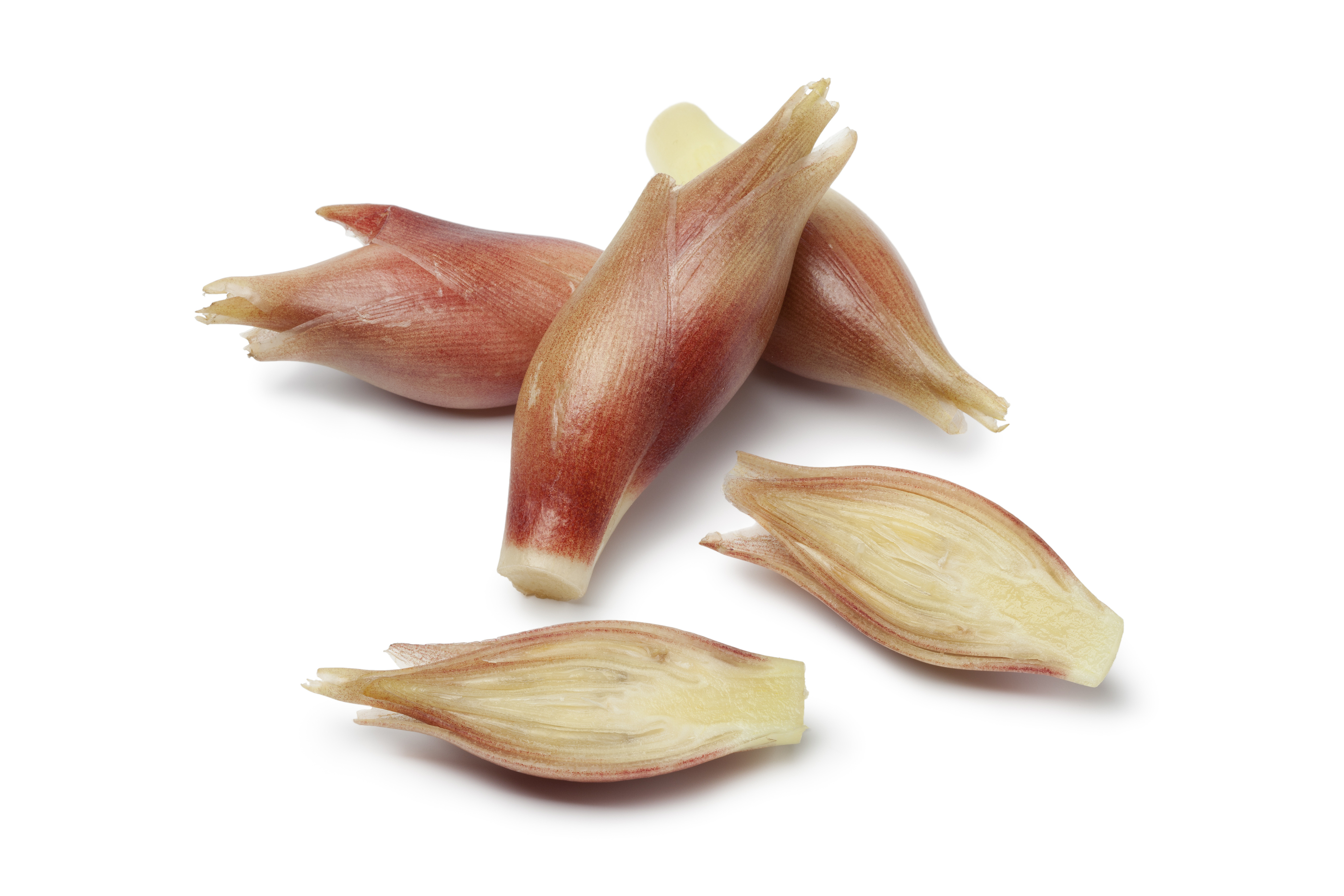Healthy Foods for Autumn
List of pumpkin dishes. Pumpkin Latte; Pumpkin stuffed with meat and vegetables; pumpkin tartlet; pumpkin soup; pumpkin puree.
Kabocha
Kabocha is commonly called Japanese pumpkin, especially in Australia and New Zealand. It is also called kabocha squash in North America. Kabocha squash is very sweet and has a fluffy, chestnut-texture that’s similar to a sweet potato crossed with a pumpkin. It is used widely in Asia. It is hard and shaped like a squat pumpkin and has a deep green skin color on the outside and intense yellow-orange color on the inside similar to buttercup squash. Kabocha has an exceptional naturally sweet flavor, even sweeter in taste than butternut squash. It is similar in texture and flavor to a pumpkin and a sweet potato combined.
Some kabocha can taste like Russet potatoes. The rind of a kabocha is edible, but some cooks may peel it to speed up the cooking process, or, to suit their personal taste preferences. Kabocha is commonly utilized in side dishes and soups, or, as a substitute for potato or other squash varieties. The health benefit that you will get from this vegetable is that it is full of beta carotene, iron, vitamins as the old folks will say, “kabocha is also extremely good for you.” It’s smaller than most winter squashes, so it’s perfect for single servings or for small households.
Kabocha squashes are usually available in the late summer to early fall and can be stored like other hard winter squashes for up to a month in cool and dry conditions. This vegetable is very versatile as it can be roasted or steamed and used in much the same way like other hard winter squashes like butternut or pumpkins. It is also good for people who are on diet. Make a whole pot of kabocha stew mixed in with other veggies and eat it for the whole week and you will notice you are slowly dropping those unwanted pounds. You can also use kabocha like cornstarch to thicken soups.

Myoga
Myoga or myoga ginger is a perennial native to Japan that is grown for its edible flower buds and flavorful shoots. Flower buds are finely shredded and used in Japanese cuisine as a garnish for miso soup, sunomono and dishes such as roasted eggplant. It is a traditional crop in Japan, that can be cultivated between June and October, and again bewteen March and May. Myoga has many vitamins and minerals, especially potassium and calcium. It is considered a natural herb medicine which helps preserve one’s energy during summer and it helps in digestion.
Myoga can be made in different varities like pickled in different ways in miso, sweet vinegar, etc. on its own or with other vegetables.
Below are the health benefits that we can get when we combine this amazing veggie to our dish:
-
Combine with yam, shiso/perilla leaves, cabbage, or leek, will help restore ones appetite and it helps combatting age and it can prevent cancer.
-
Combine with wakame seaweed, or with mackerel, or sardines, or tofu, it prevents high blood pressure and heart diseases, and has a general beneficial health influence.
-
Combine with eels, oyters, garlic, or onions, it helps restore health, prevent cancer and provides stamina.
-
Combine with cucumber, celery, oysters, or with gourd, helps with body elimination and prevent kidney diseases.